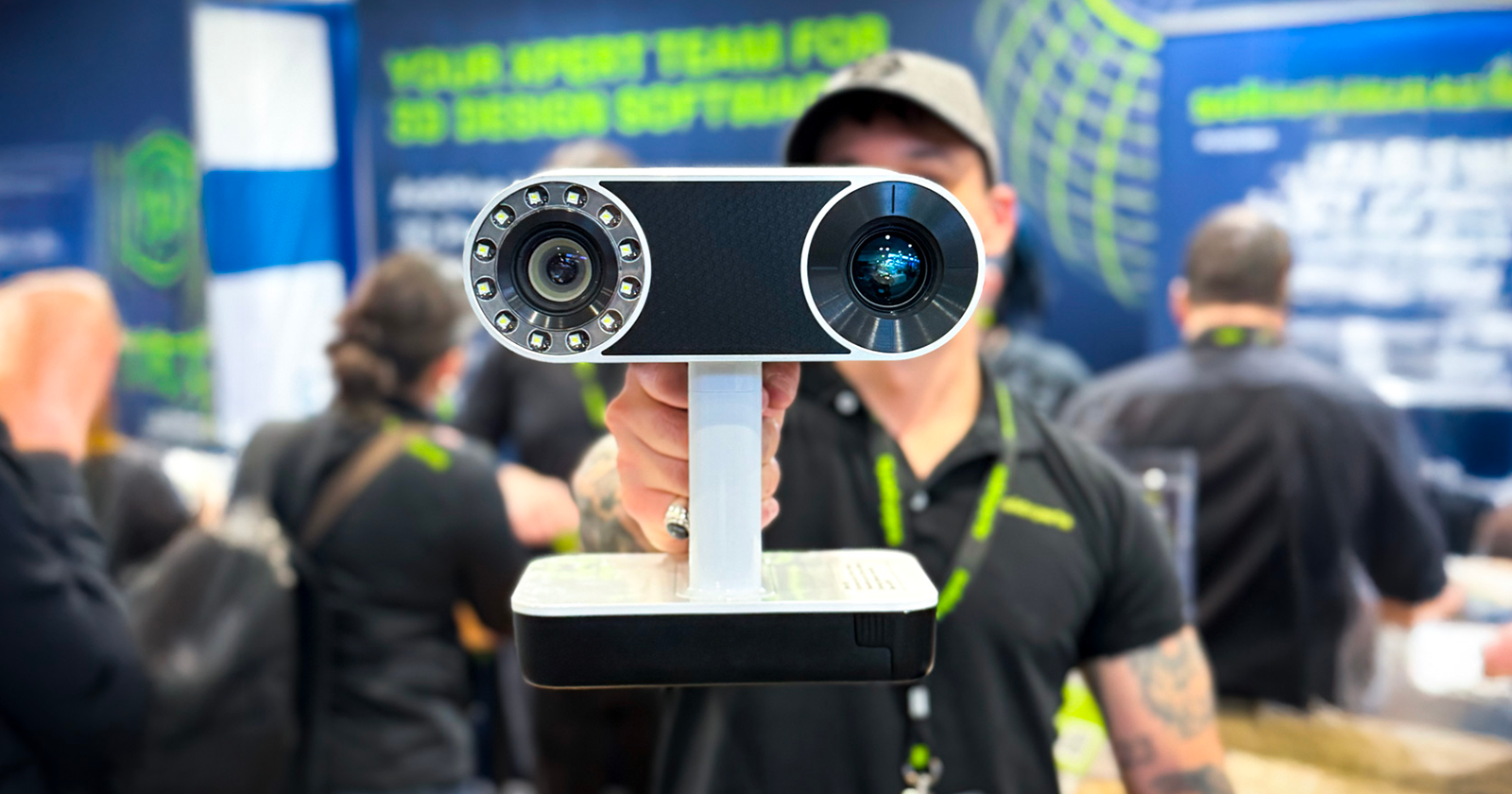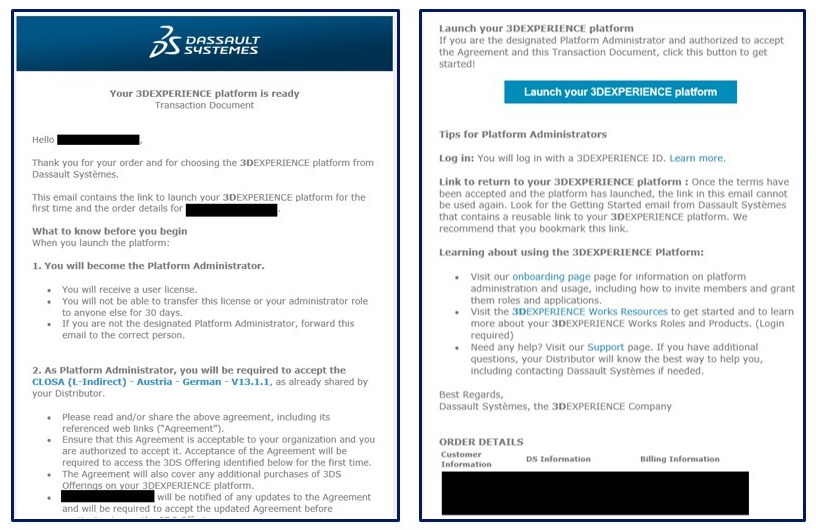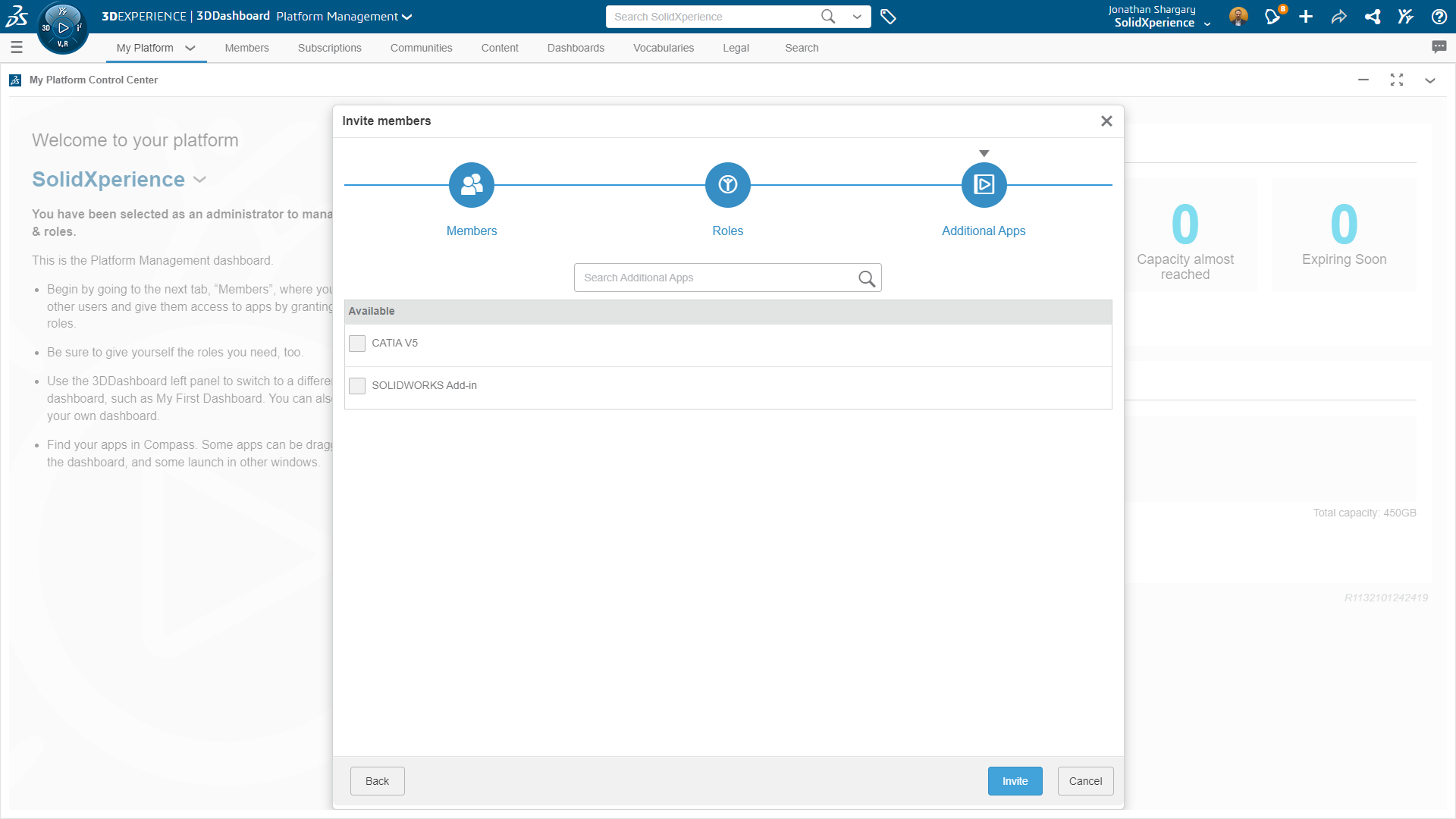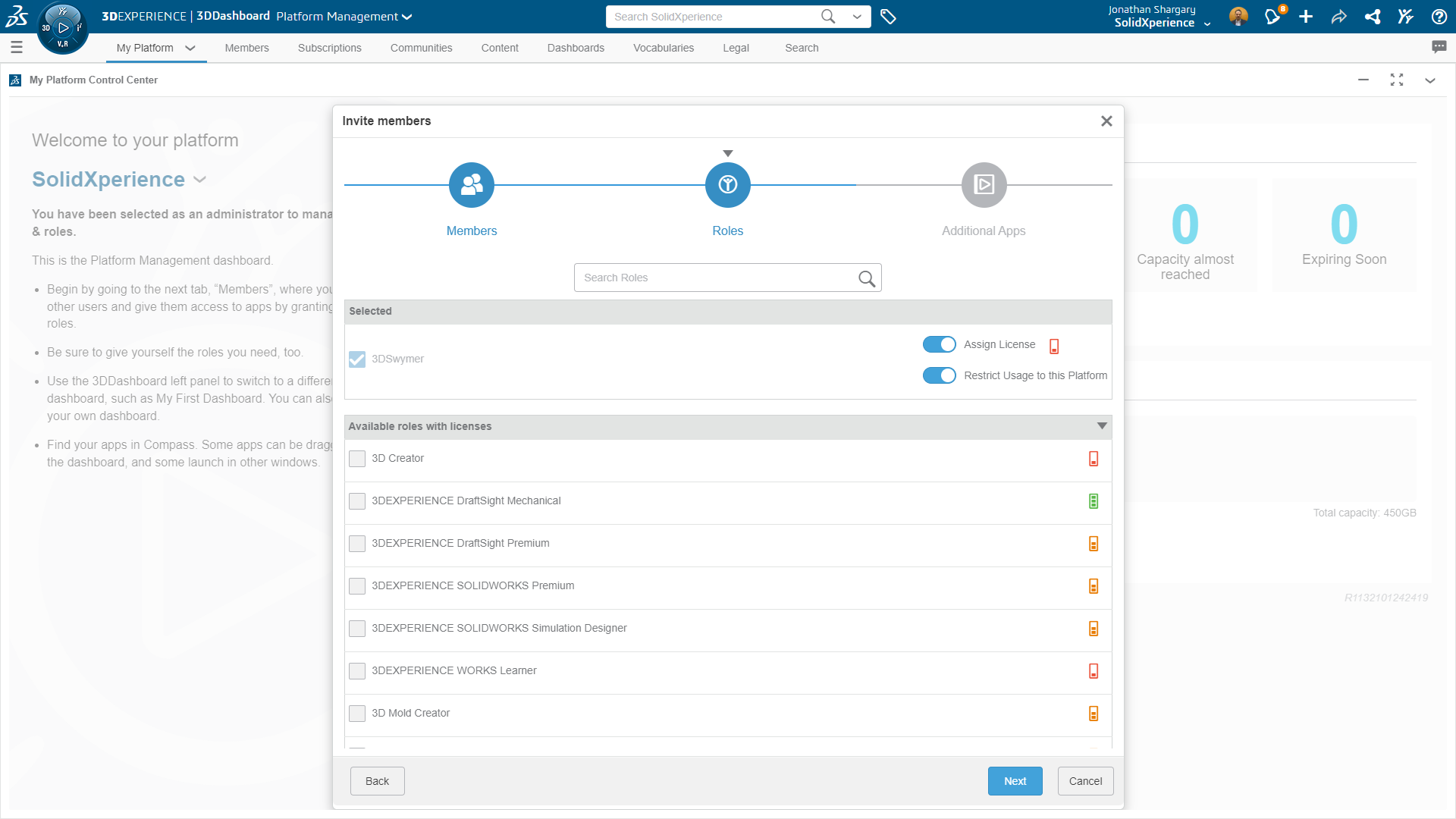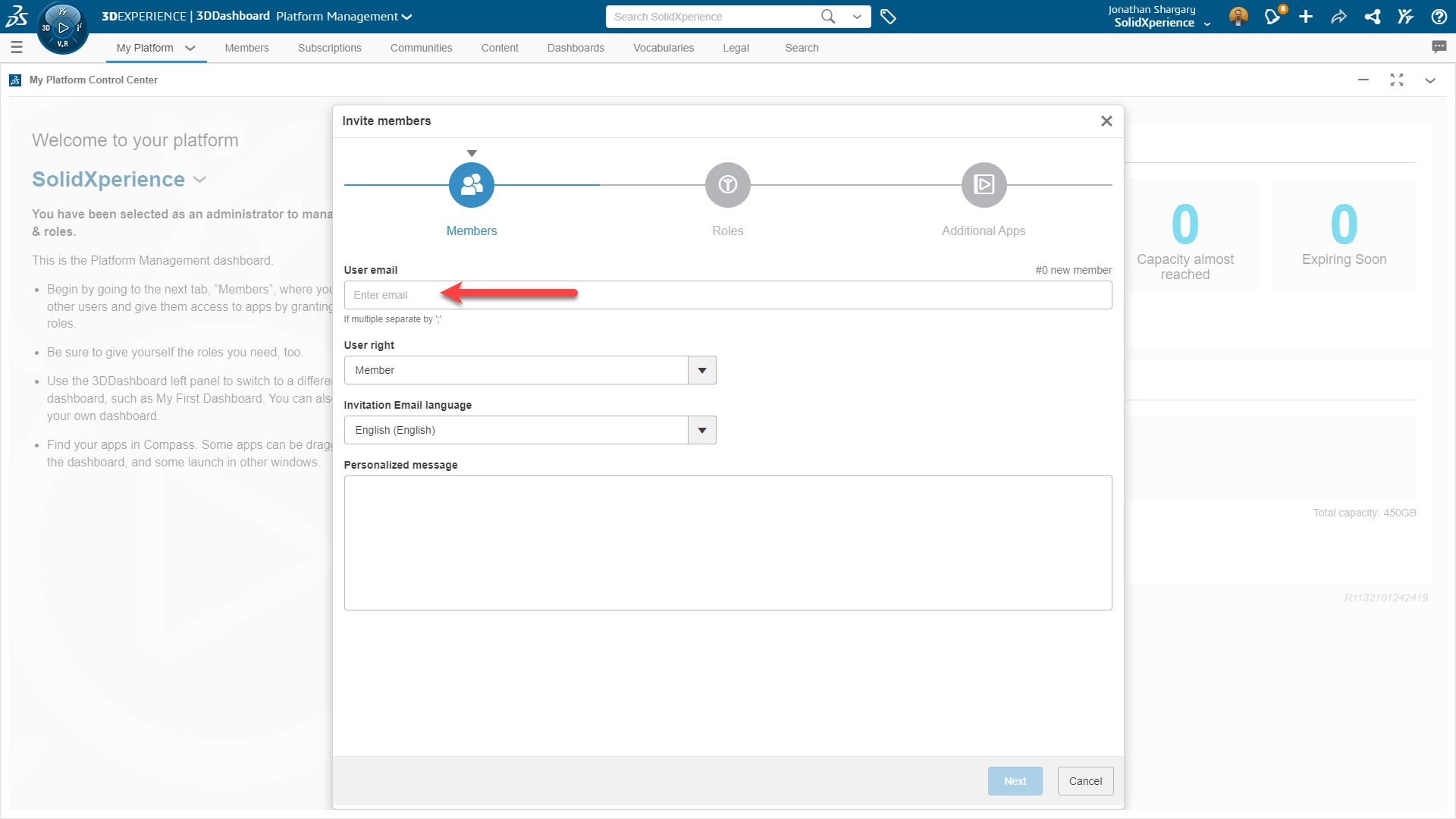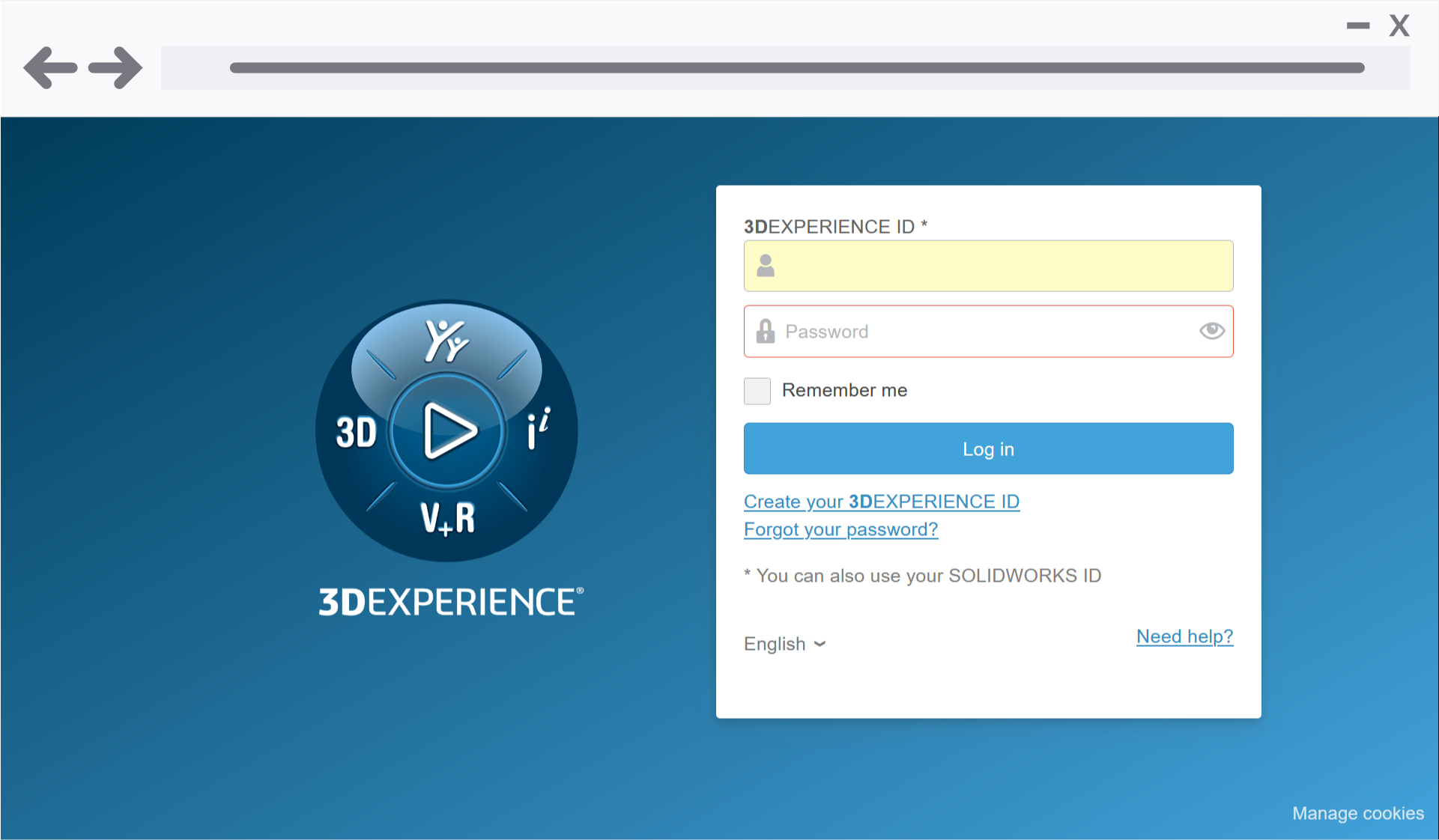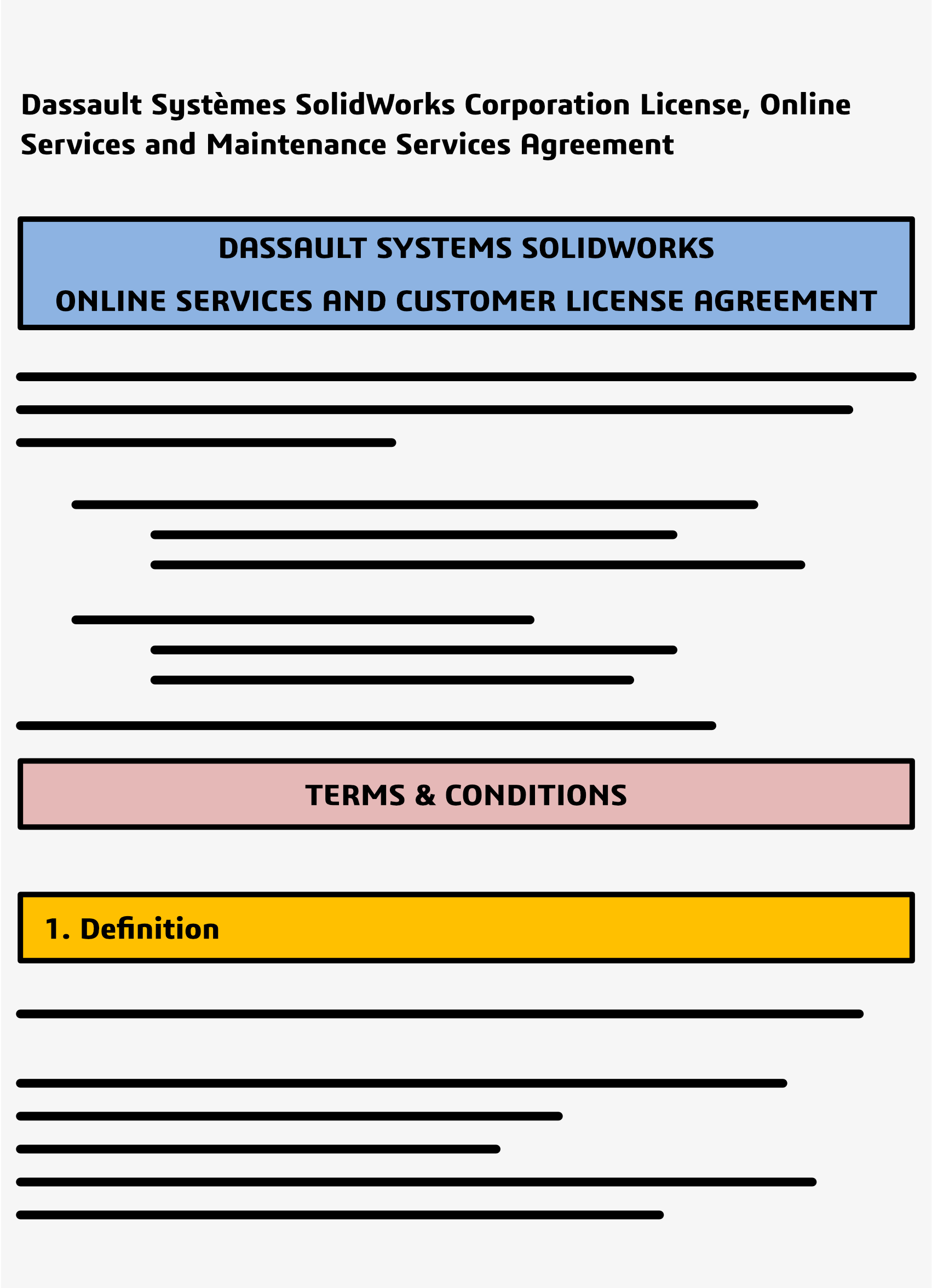Quick Look
Reverse engineering with Artec 3D scanning technology is revolutionizing how industries replicate, analyze, and improve existing parts.
This blog explores the role of Artec 3D scanners in reverse engineering, highlighting their precision, ease of use, and impact across sectors like automotive, aerospace, manufacturing, and product design.
What Is Reverse Engineering?
Reverse engineering is the process of deconstructing a physical object to understand its design, structure, and functionality. Whether for quality control, reproduction, or innovation, this technique plays a vital role across many industries.
Traditionally, this process relied on manual measurement techniques, which were time-consuming and error-prone. Thanks to advanced 3D scanning technologies like Artec Leo and Artec Eva, reverse engineering is now faster, more precise, and more accessible than ever.
Real-World Use: Scanning a Vantage Bandsaw with Artec Leo
In a recent project, I used the Artec Leo 3D scanner to scan my Vantage bandsaw.
My goal was to ensure I had every critical dimension needed before modifying the table. It might have seemed overkill, but I wanted complete confidence that the new slots I was adding wouldn’t interfere with any mounting brackets underneath.
More importantly, I needed to control the location of my jigs to within 0.5 mm tight tolerances are essential for my process. By building jigs from a model that was 100% true to the real tool, I eliminated the guesswork.
The scan allowed me to design precise slots for quick tool changes and ensured everything fit on the first attempt. I then used Markforged desktop printers to bring those jigs to life.
The result: faster setup, fewer errors, and higher confidence in the final tooling.
What Makes Artec 3D Scanners Unique?
Artec 3D scanners stand out due to their exceptional accuracy, portability, and user-friendly interface. Devices like the Artec Leo and Artec Eva can capture high-resolution, full-color 3D models quickly, without requiring physical contact or markers.
The real-time scanning feedback and seamless integration with software such as Artec Studio make it easy to digitize objects of all sizes, from intricate mechanical parts to full vehicles.
Reverse Engineering Applications Across Industries
Artec scanners are used in various reverse engineering workflows.
In the automotive industry, engineers can scan legacy parts no longer in production and create CAD files for reproduction or redesign.
Aerospace companies use Artec for stress analysis and component modification.
In manufacturing, it enables faster prototyping and better fitment checks, while product designers leverage it to iterate and innovate efficiently.
From Scan to CAD: The Workflow
A typical reverse engineering workflow with Artec begins by scanning the object and processing the scan in Artec Studio.
From there, the data is cleaned, aligned, and exported into CAD-compatible formats. Software like Geomagic or SOLIDWORKS then helps generate precise CAD models.
This digital workflow dramatically reduces turnaround time and ensures superior accuracy compared to manual measurement methods.
The Future of Reverse Engineering Starts with Artec
Reverse engineering with Artec 3D scanners is transforming how we approach design, reproduction, and innovation. Their ease of use, portability, and accuracy make them essential tools for businesses seeking a competitive edge. Interested in exploring what Artec can do for your reverse engineering needs?
Contact us today at Solidxperts for a demo or consultation.

